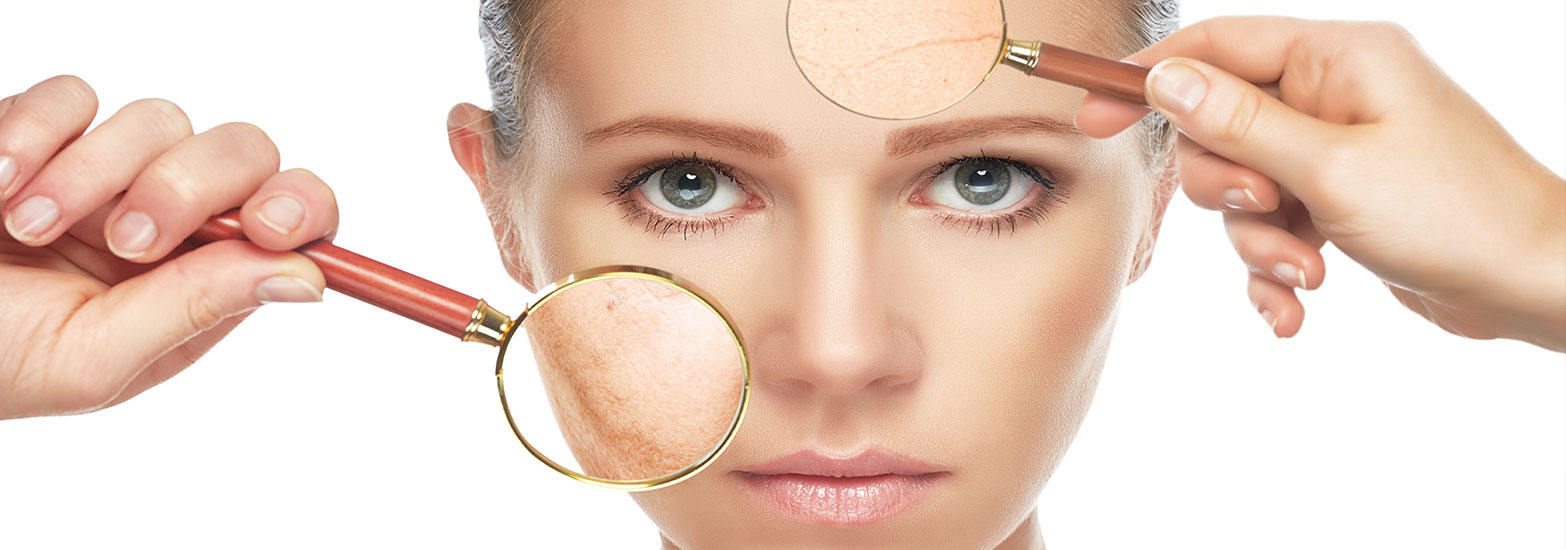The first rule in beauty is that to achieve the perfect makeup look, it’s all about the skin beneath. Without clean, healthy and well-nourished skin, the best makeup in the world won’t sit quite right.
Let’s talk about the largest organ in the body, our skin.
The Epidermis
The epidermis is the outermost layer of the skin, which provides a waterproof barrier and creates our visible skin tone.
The Dermis
The dermis lies beneath the epidermis and contains tough connective tissue, hair follicles and sweat glands.
The Hypodermis
The hypodermis is the deeper subcutaneous tissue and is made of fat and connective tissue.
Collagen
Collagen is the primary component of the body’s connective tissue. About 80% of the dermis, the layer underneath the epidermis, is collagen. A vital protein for your skin, collagen gives your skin its strength and integrity.
Elastin
Elastin, as its name implies, enables your skin to stretch and bounce back; it is elastic.
Collagen and elastin are fibres that make up the supporting structure of the skin.
Collagen gives skin its firmness while elastin keeps skin tight. Both of these fibres are plentiful in young skin but begin to break down with the natural ageing process as well as a result of free radicals, pollution and sun exposure.
How to Boost Collagen & Elastin?
The best way to boost collagen and elastin in the skin is to turn on the fibroblast cells that produce these fibres. This can be done using cosmeceuticals containing a prescription retinoid, retinol, alpha hydroxyl acid, also known as AHA, or peptides.
Having certain procedures can also boost collagen and elastin for smoother and more youthful skin. Treatments include microdermabrasion facials, glycolic peels, LED light therapy, radio frequency and CryoDerm facial treatments.
A combination of cosmeceutical products, sunscreen and in-salon procedures is the best way to keep your skin looking young, firm and tight.

Which skincare routine is best?
A good skincare routine is the secret to a smooth, glowing complexion. Let’s look at building the perfect skincare routine to achieve the best results for your skin type.
Know your skin type
The right skincare routine starts with knowing what kind of skin you have. From oily to dry, once you’ve narrowed down your skin type, you can focus on what you need to add to your routine.
The goal of any skin-care routine is to tune up your complexion so that it functions at its best. You also need to troubleshoot or target any areas you want to specifically work on. As your skin needs change and evolve with age, so will your products.
Knowing your skin type is of utmost importance to get the best results.
Getting professional help from your aesthetician to diagnose your skin type is highly recommended, but in aid of self-diagnosis let’s look at some focus points to help you determine your skin type.
- You have normal skin if you have few imperfections, no significant sensitivities, and small pores that are barely visible.
- Oily skin generally comes from large pores. It leads to dull or shiny skin that is prone to blackheads, acne, and other blemishes that arise from clogged pores.
- You have dry skin if your skin is rough, scaly, or dull. It also may be spotted with red or itchy patches. Your pores will be so small as to be practically invisible.
- Combination skin that combines areas of oily, normal, and/or dry skin is common. For instance, many people have larger pores that produce more oil on their foreheads, noses, and chins, also known as the T-zone.
- Sensitive skin types may exhibit the characteristics of dry skin, oily skin, or combination skin, but they also deal with a great amount of redness and irritation. Normal skin types may also have sensitive skin, but these generally don’t overlap.
Choosing the right products
Choosing the right skin care products is important for maintaining healthy skin. Some people may want to address a particular skin problem, while others may simply wish to establish an effective maintenance routine for their skin. Once you have established your skin type, you can start to narrow down your product options.
The science behind skin-care products has come a long way and the best results can be achieved by consistent use, which is one of the most important aspects of skincare. With any skin-care product, apply in order of consistency, from thinnest to thickest. This means starting with your cleanser then toner, moving onto serum and then, finally, moisturiser.
Each person’s genetic skin makeup is unique. However, by assessing your skin type, and deciphering which group you fall into best, will immediately help you to choose the types of products and treatments that will help you to create the best possible skin results.

